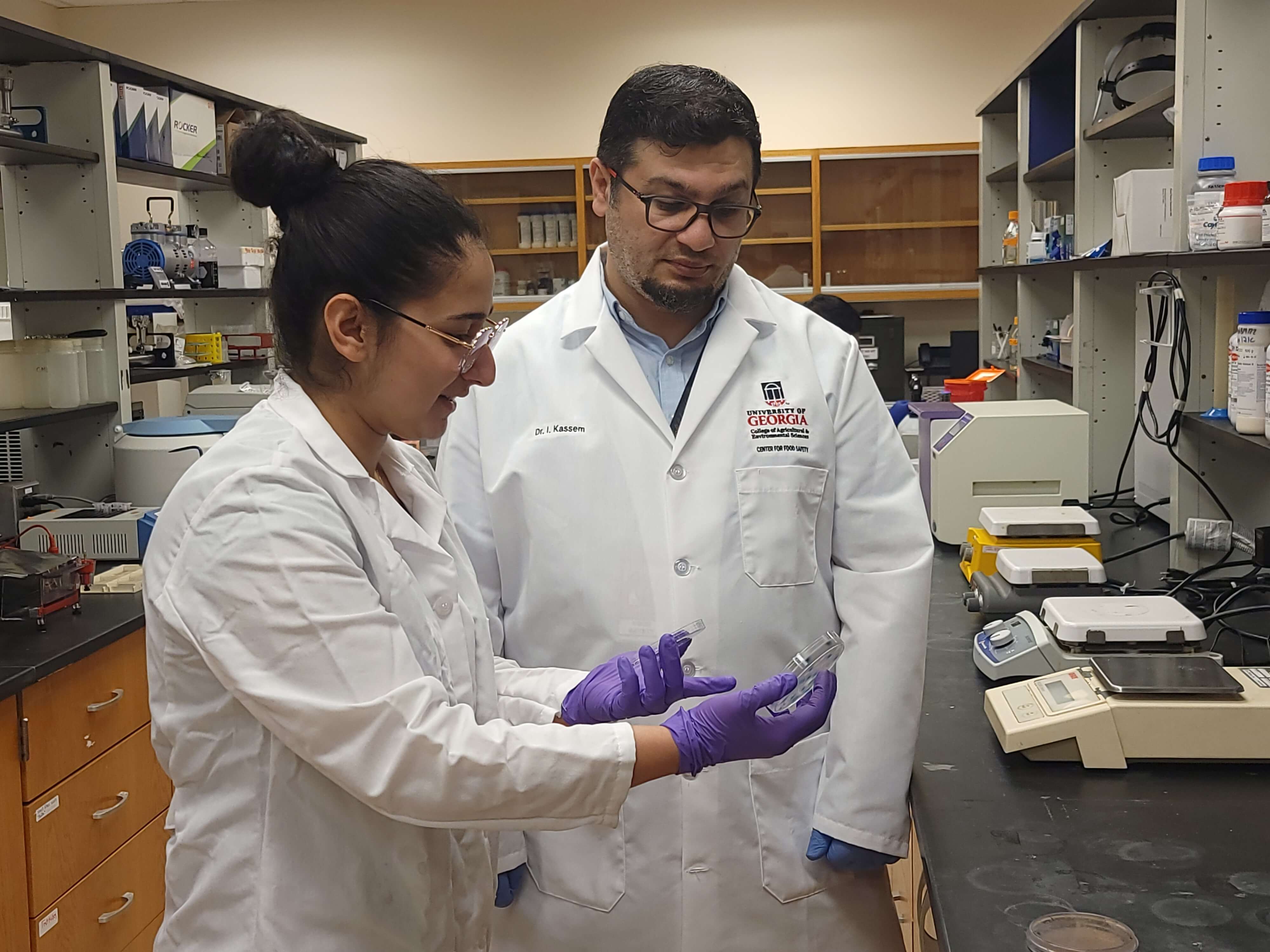The Centers for Disease Control and Prevention and the Food and Drug Administration advise consumers not to eat peanut products made with peanut butter or peanut paste made at the Peanut Corporation of America facility in Blakely, Ga. More than 1,300 products ranging from cookies and ice cream to trail mix and pet food have been recalled due to a nation-wide salmonella outbreak connected to the facility.
Elizabeth Andress, food safety specialist with University of Georgia Cooperative Extension, offers advice on how to handle the outbreak:
What should I do with peanut products in my cabinets?
Hold on to unexpired foods not on the recall list until you know more. If you don’t see a product on the recall list you can double check by visiting the company’s Web site or calling customer service. Many companies have disclosure statements on the Web letting consumers know if they have not purchased products from Peanut Corporation of America. If you have some products that don’t show up on the recall list, and manufacturer Web sites don’t reveal where the nuts came from, hang on to them until we learn more. However, if you have a family with children who may grab snacks without asking, you may have to make different choices about whether to keep them in cabinets.
Where can I find a list of recalls?
Check with the FDA’s information line (888-723-3366) or CDC’s consumer information hotline (800-232-4636) for questions. Or go online for a complete list of all products affected:www.accessdata.fda.gov/scripts/peanutbutterrecall/index.cfm.
What should I do with recalled products?
Take products back to the store where you purchased them. Most stores are offering refunds. Some recalled products, like those sold as fundraisers, can’t be returned to stores. You can also contact the manufacturer and request a refund. Unlike a salmonella scare from chicken and eggs, the peanut-related products involved in the recall cannot be heated to kill the bacteria. So, your only real protection is to discard the item in question. Be sure to wash your hands after touching a contaminated product.
What is safe?
All major brands of peanut butter sold in consumer packages are not affected. But, some in-store, grind-your-own peanut butter supplies may be tainted. If eating out, ask your waiter or chef if certain foods contain peanuts and learn the source of those nuts. If they can’t tell you, you may want to make another choice. The American Peanut Council has a list of safe products on their Web site at peanutsusa.com. According to the list, M&Ms, Reese’s, Snickers, Girl Scout Cookies and Lance crackers are all safe to eat, as well as many other products.
Should I check all food labels?
Yes. Read product labels for peanut ingredients. Some common foods that contain peanuts and peanut products are baked goods such as cakes, cookies and pie and pastry crusts; breakfast cereals, including granolas; candy, especially chocolates and nougat; chili and pasta sauces; crackers; ethnic cuisines, especially African, Chinese, Thai and Mexican; ice creams and frozen yogurts; trail mix; and seasoning mixes.
What is salmonella?
Salmonella bacteria live in the intestinal tracts of humans and other animals, including birds. Salmonella are usually transmitted to humans by eating foods contaminated with animal feces. Foods may also become contaminated by the hands of an infected person who does not wash their hands after using the bathroom. Contaminated foods usually look and smell normal.
What are symptoms of salmonella posioning?
If you think you’ve gotten sick from eating a contaminated product, contact your doctor. You will usually experience vomiting, fever and abdominal cramps within 12 to 72 hours after exposure. This can last about 4 to 7 days without treatment other than fluids to combat dehydration. Infants, elderly individuals and people with compromised immune systems are more likely to suffer severe infections that can spread from intestines into the blood stream and can lead to death.
How do I treat salmonella poisoning?
Drink plenty of fluids to keep your body hydrated. People with severe diarrhea may require rehydration with intravenous fluids. People who have salmonellosis should not prepare food or pour water for others until the diarrhea has cleared up.
Are there long-term consequences to a salmonella infection?
Persons with diarrhea usually recover completely, although it may be several months before their bowel habits are entirely normal. A small number of people with salmonella develop pain in their joints, irritation of the eyes and painful urination. This is called Reiter's syndrome. It can last for months or years, and can lead to chronic arthritis, which is difficult to treat. Antibiotic treatment does not make a difference in whether the person develops arthritis.






